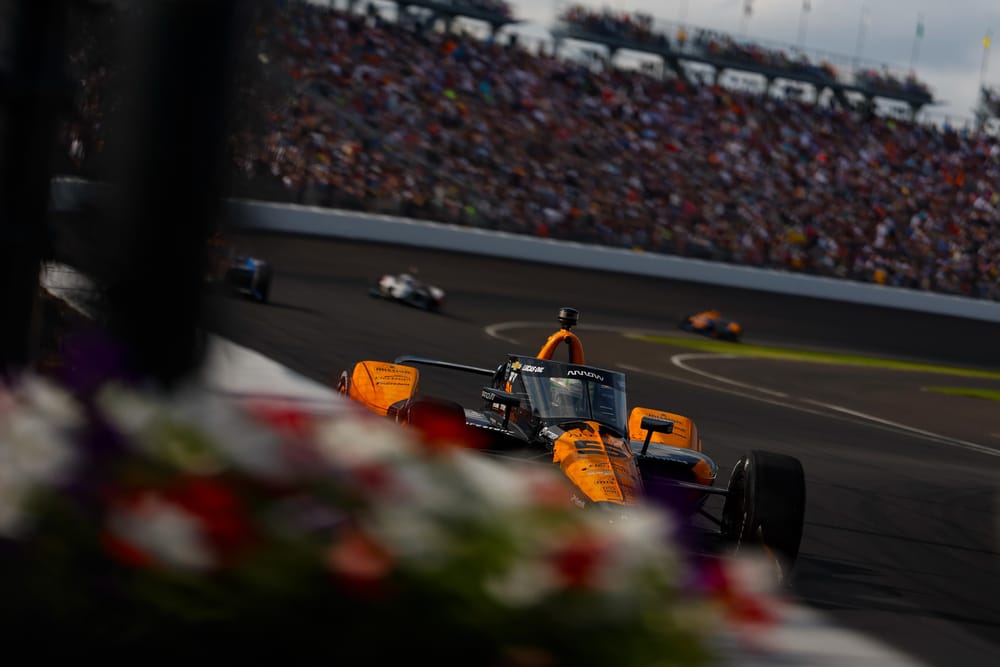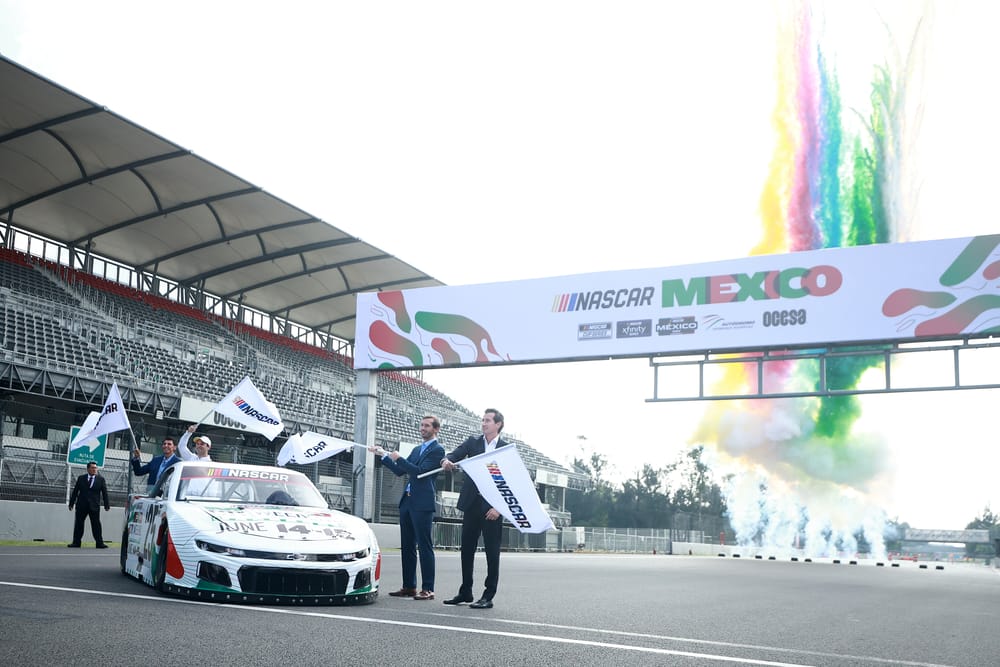A longer calendar, no non-championship races, moving on from "outdated" cars and looking beyond a new franchise system that "doesn't really move the dial".
There's plenty to digest from a letter over 1500 words in length to IndyCar fans from McLaren CEO Zak Brown.
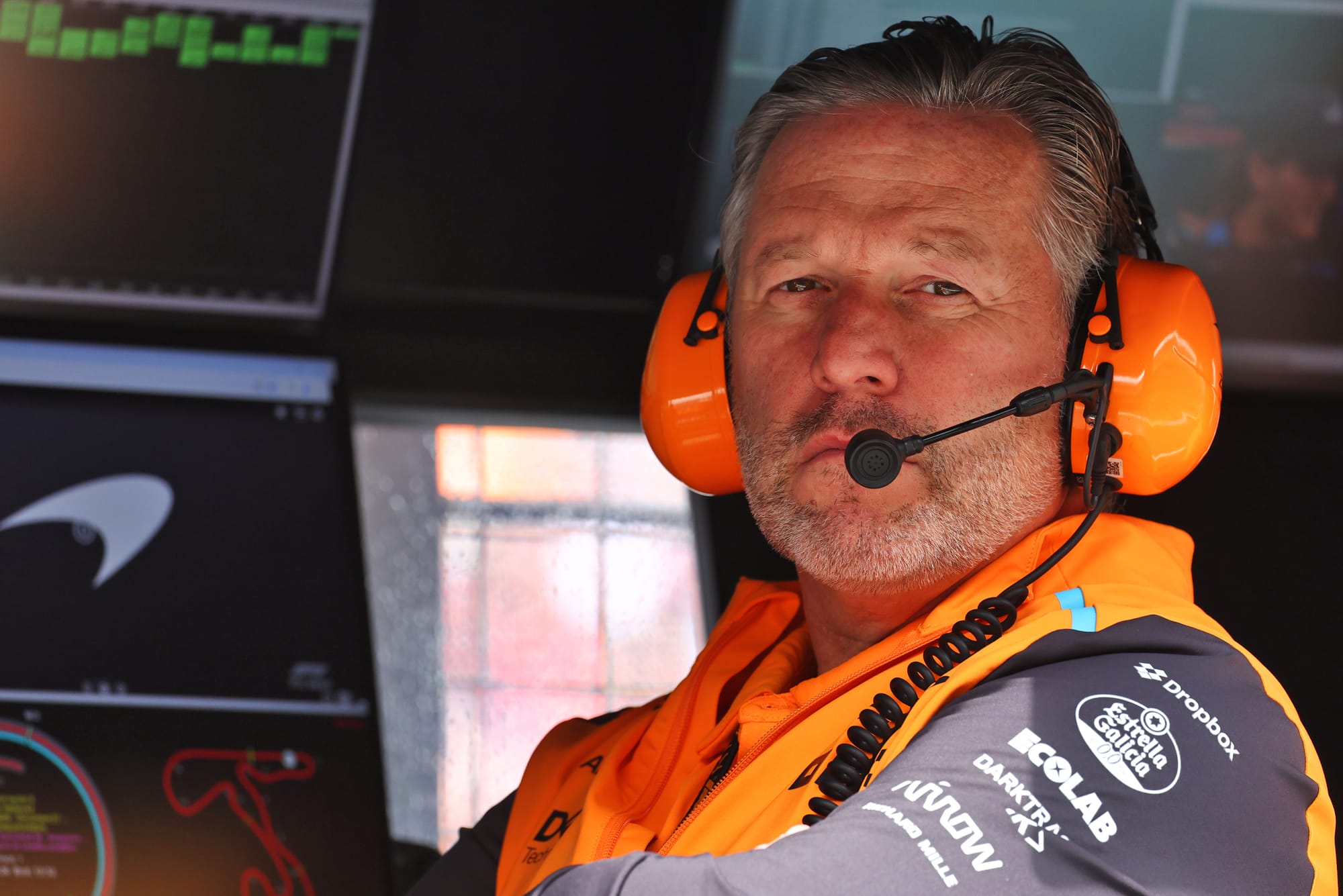
He has issued similar letters before - and this one comes with the apparent intention of praising IndyCar in the areas it has done well in over the last year but also pointing out some of the things Brown thinks should change.
As someone who came through grassroots motorsport but also oversees a Formula 1 programme, Brown does have a unique perspective on all of the ingredients that make up IndyCar, and how those ingredients are being mixed elsewhere.
Let's take a closer look at some of the points raised by Brown.
The charter system
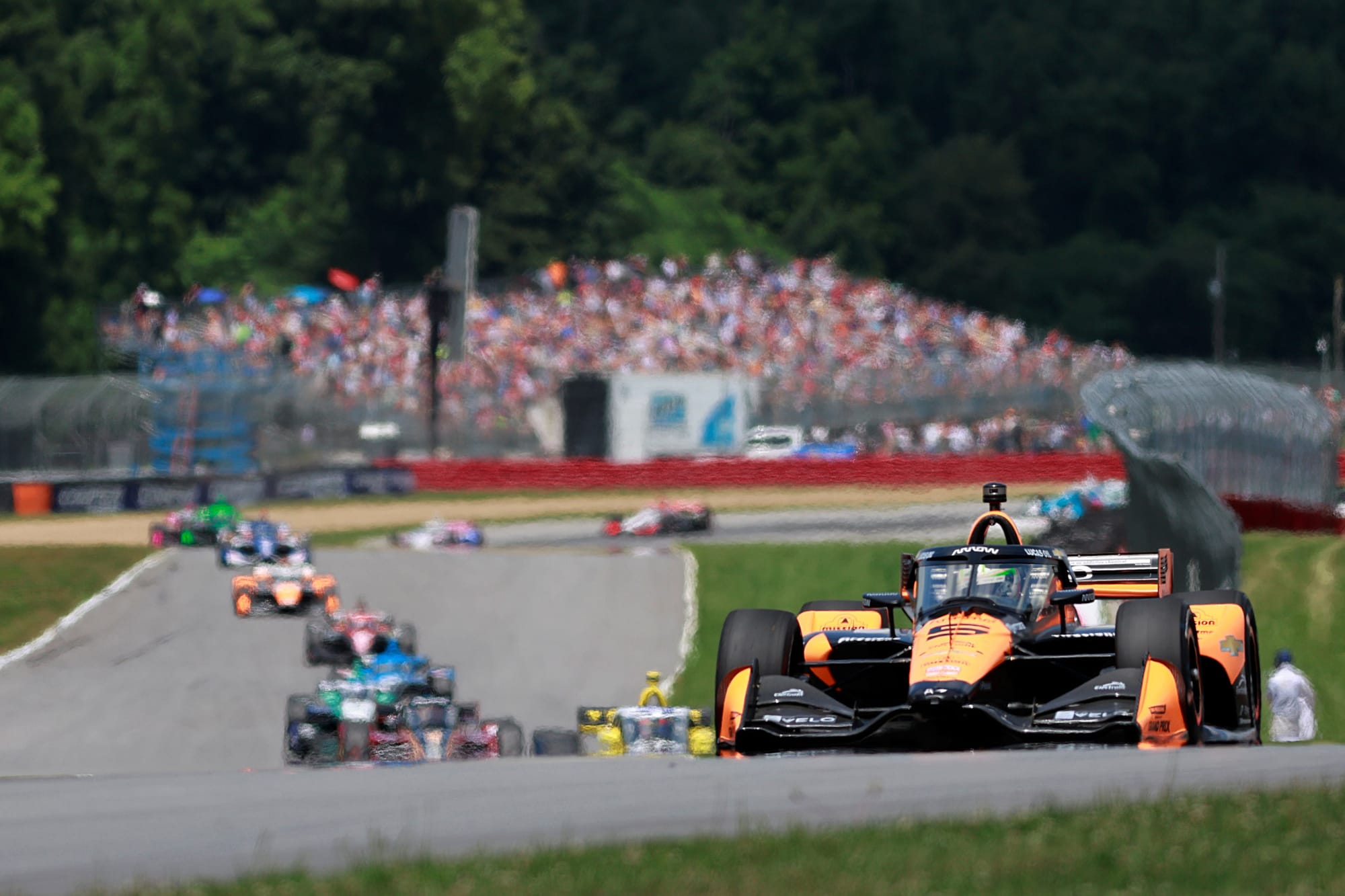
What Brown said
- Doesn't "move the dial"
- Needs to be a "true franchise model"
The details of the charter system aren't public, so we can't go into too much detail here.
Fundamentally, charters are supposed to work like franchises: each team buys a franchise entry and then in turn can sell on that franchise to any new team wanting to enter in the future, providing a tangible market value for that team.
Ideas for this system go back to the 1990s and probably further. The key stumbling block has always been chartered teams wanting an automatic entry into the Indianapolis 500 as that's where most sponsorship comes from - but that would hugely dilute the practice of bumping and upset IndyCar fans.
A revised charter proposal was sent to teams last month.
"On the business side, I understand the desire for the newly developed charter system for IndyCar teams, but in my view, what's presented doesn't really move the dial," said Brown.
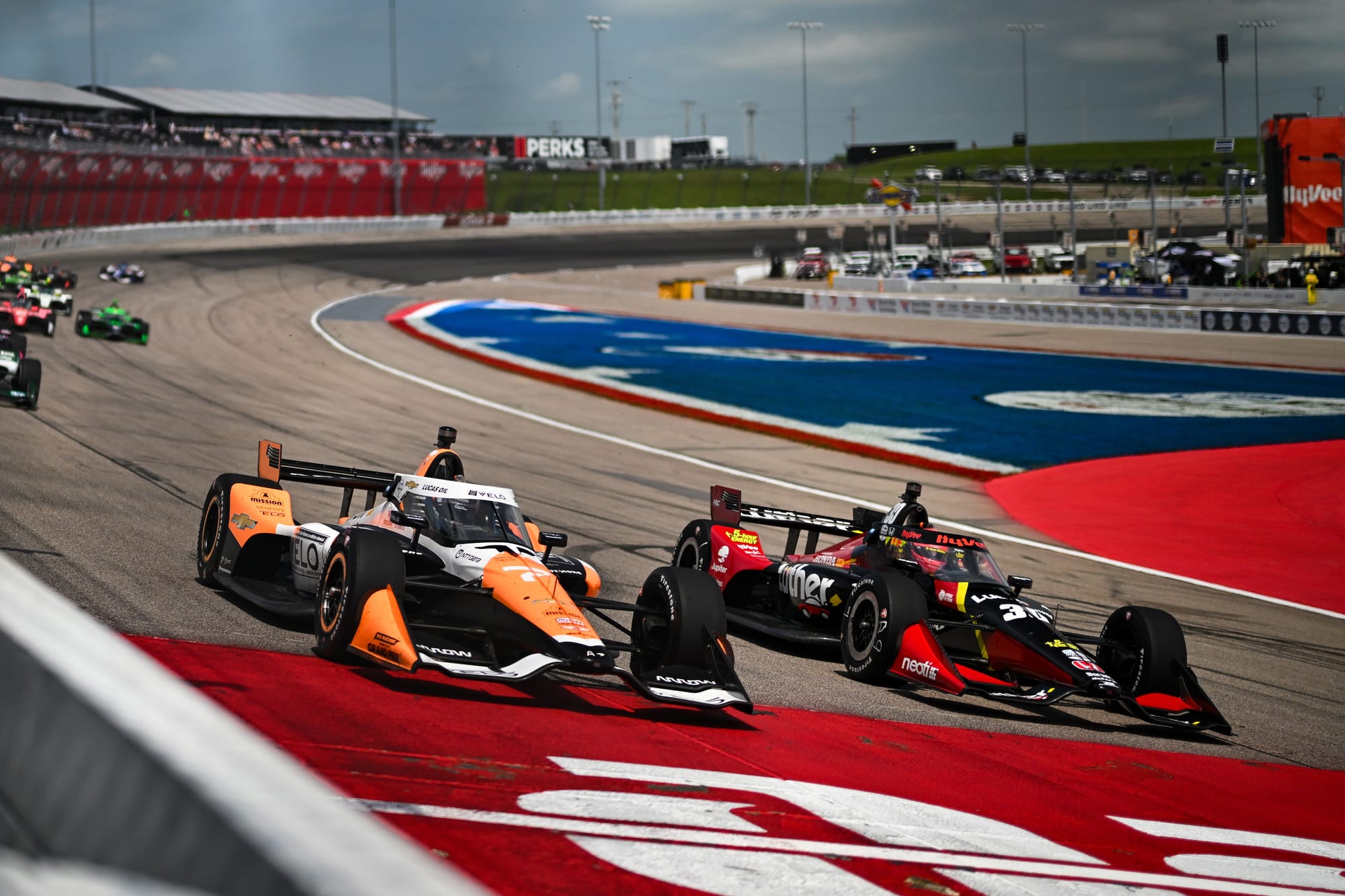
"We need a structure that aligns the teams with the growth of the series, so perhaps we should look at evolving the charter system into a true franchise model, with a defined revenue-sharing stream that ensures long-term viability for the competitors.
"Healthy teams mean better racing, and better racing means a better experience around the Americas for IndyCar fans."
A full franchise model, when done correctly, gives teams a tangible value on their entry so in theory it's a good idea. At the moment, teams invest millions in their facilities and equipment but, if they leave, those are the only saleable assets they have. A franchise system means they could sell their charter (read: entry) too.
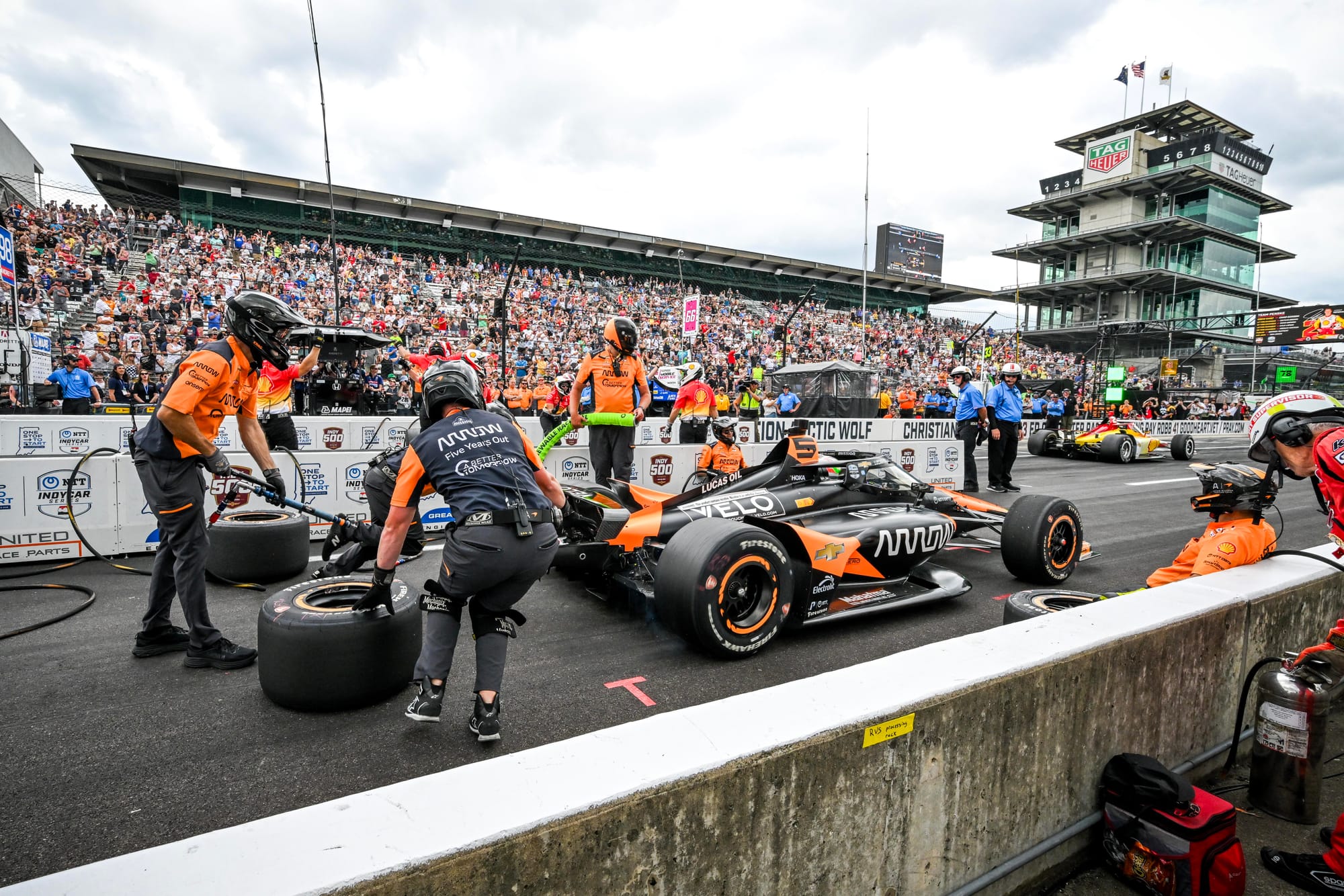
But those values will be lower if the charter doesn't offer a guaranteed entry to the Indy 500. A half-baked charter system won't offer the value that a full franchise scheme, which Brown seems to be a proponent of, could. But is it worth it to break one of the Indy 500's longest traditions - bumping - and annoy an already volatile fan base?
This could be an initial step towards a fuller franchise model in the future, which could also be a decent move.
But it's also worth considering another factor in this and that the stronger a series gets and the more valuable a franchise becomes, the more power the series can wield over those teams. That's happened in NASCAR just in the past few weeks, where teams were given an ultimatum to sign a new agreement.
There's a lot of possible outcomes to play with here.
The technical aspects
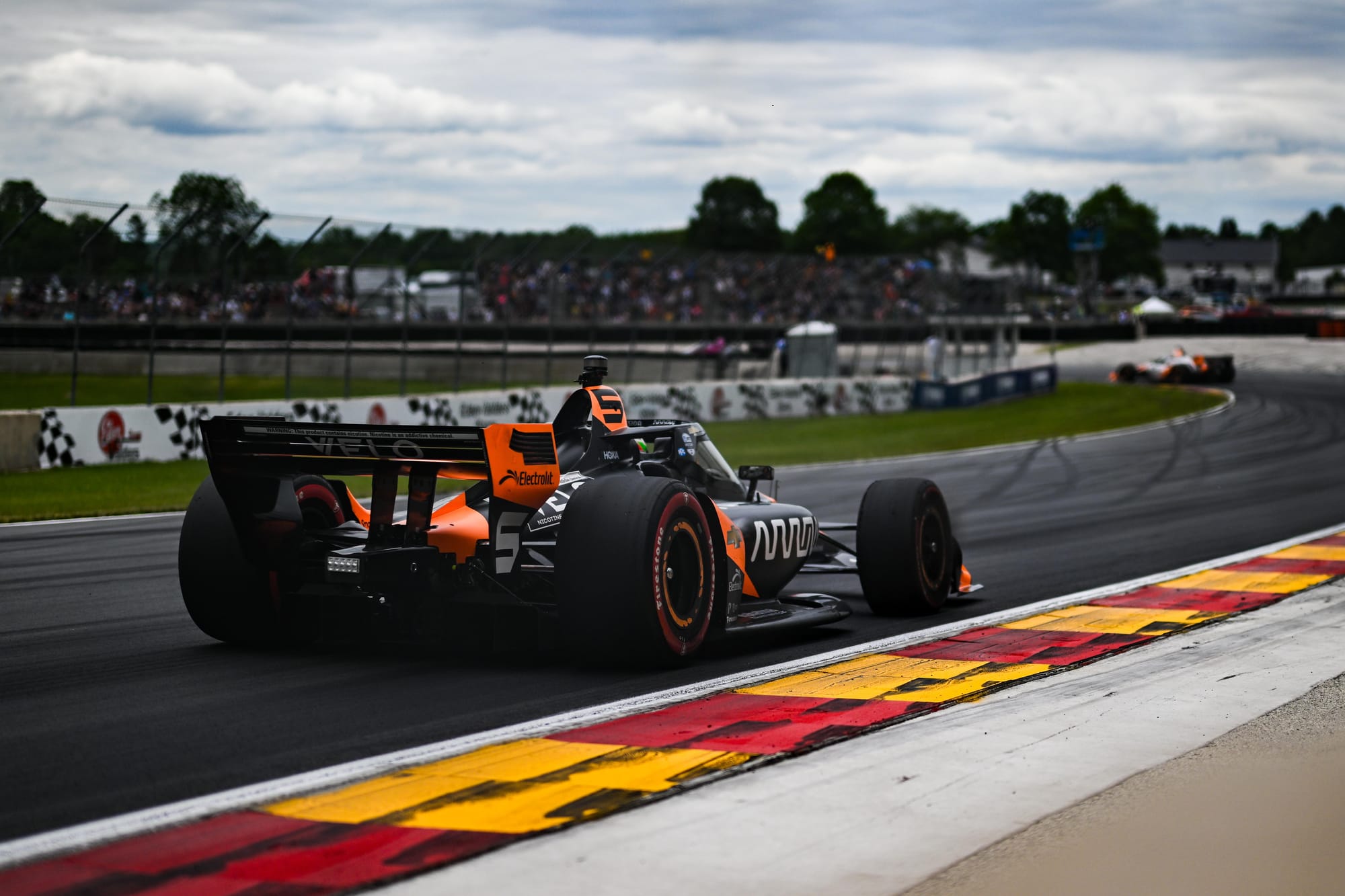
What Brown said
- Some R&D is "invisible" to fans
- "Critical" to push on with new chassis
Brown is right. Whether you're talking about anything from teams' supposed secret windtunnels - McLaren likes to point to Ganassi and Penske when discussing this - or damper development (which actually occurred by accident but is probably the most important item on an IndyCar that teams have proper developmental control over), these things are invisible to fans.
Explaining them better is hard especially when, understandably, teams don't want to give away those secrets.
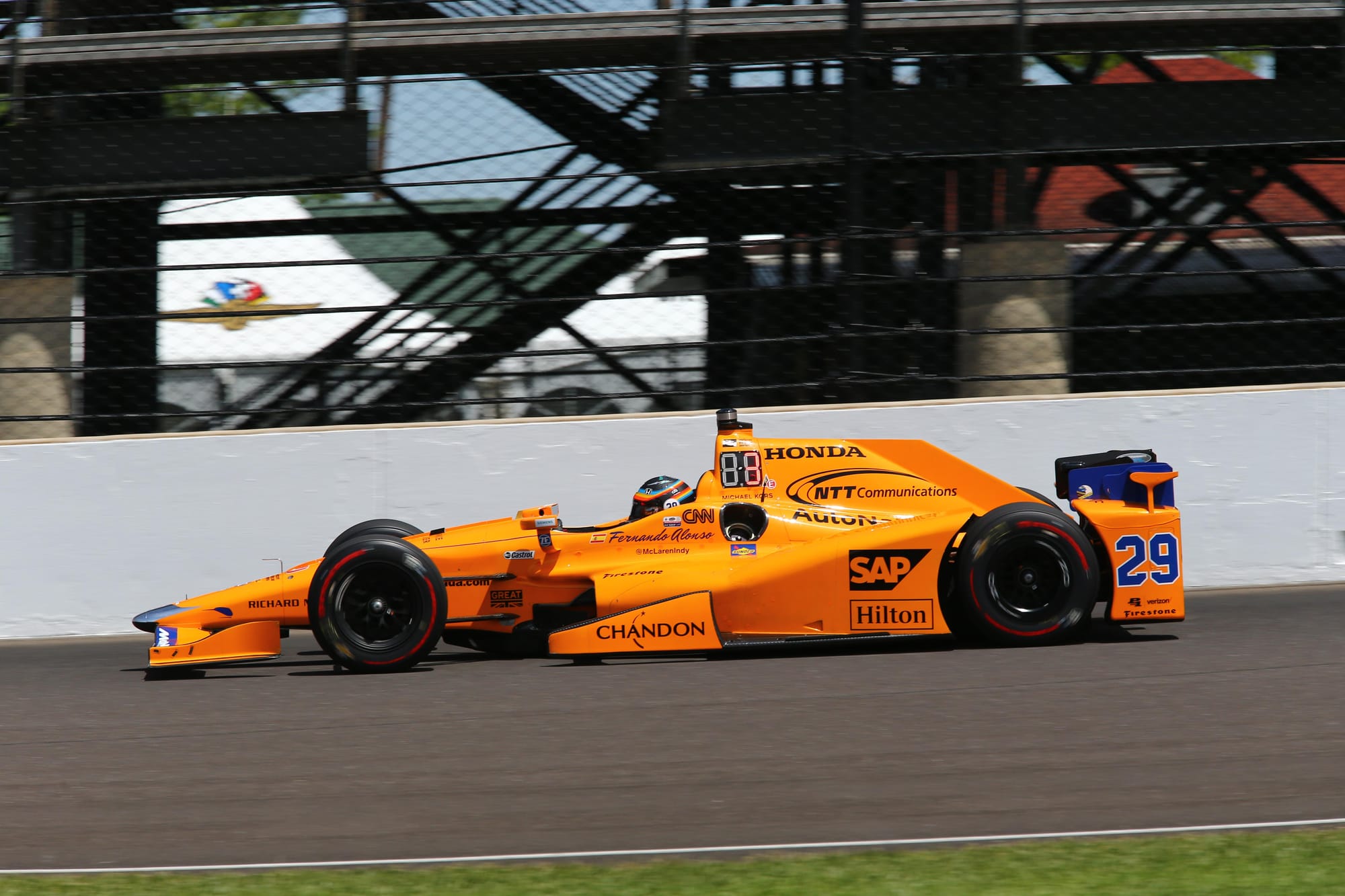
IndyCar doesn't want to be a total spec formula, but nor does it want to misfire in what is opened up for development. As some fans will recall from the aerokit era - fundamentally a great idea but one that proved tricky in execution - this is a hard balance to strike.
The bit you can see, the car, is - despite some aero changes and the addition of the aeroscreen - a 2012 design, which is "outdated", according to Brown.
He acknowledged work is being done on the 2027 chassis but "it's critical that we push forward quickly".
"We need to ensure that our cars look more current and perform faster than ever," he added.
The calendar
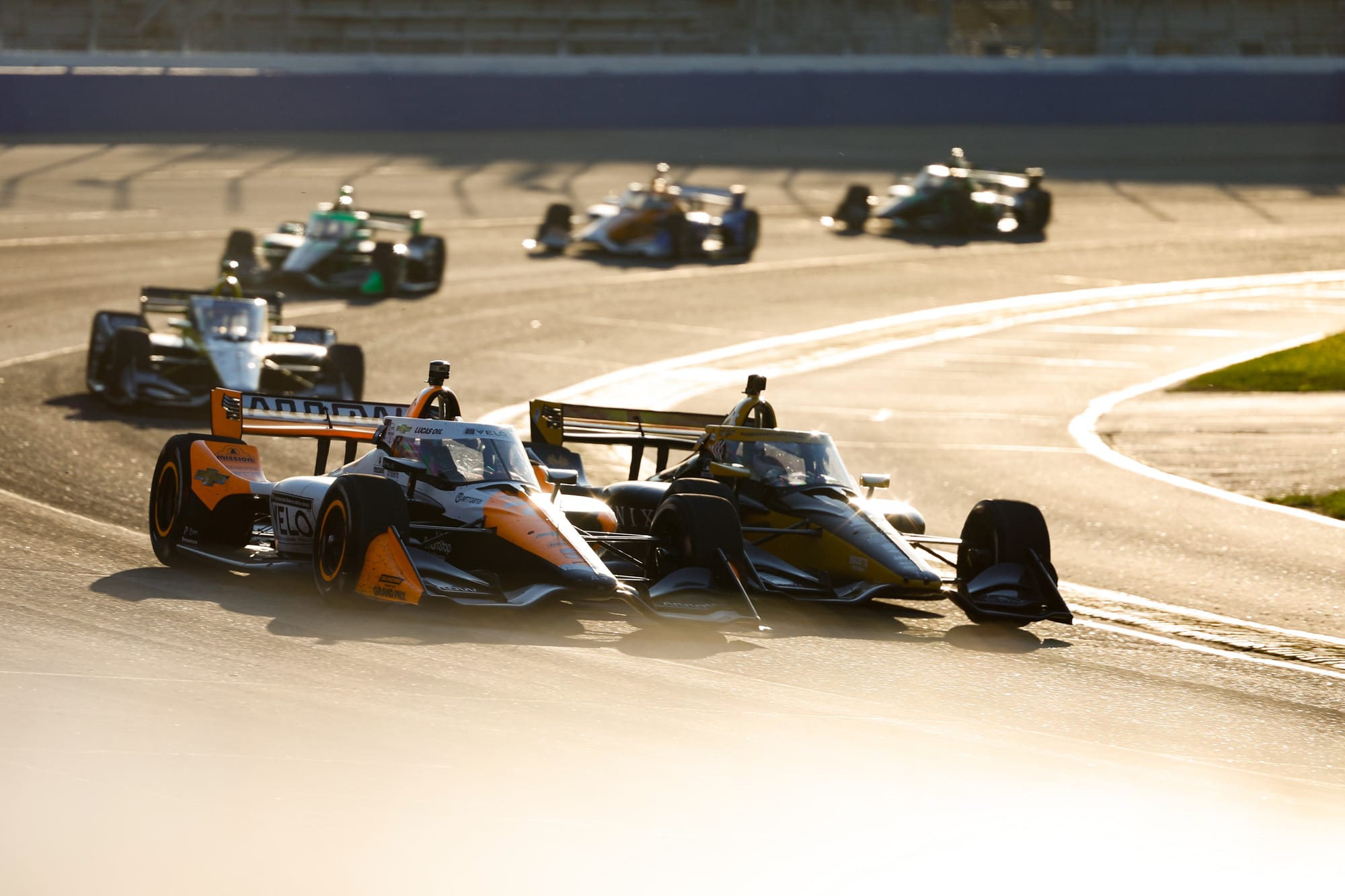
What Brown said
- Six-month calendar is too short
- Expansion desired on East Coast and 'metro markets'
- Convention centres are good hosts
- Vegas an example of what investing in venues achieves
Brown is right that this year's calendar has been short in terms of start-to-finish time, but I'd argue it's felt a lot longer than this suggests. Part of that is the protracted breaks mostly caused by the Olympics, which NBC is committed to covering in its totality - meaning IndyCar basically needed to break for that period or sacrifice having appropriate TV coverage.
Because of that, other races got shunted around, too.
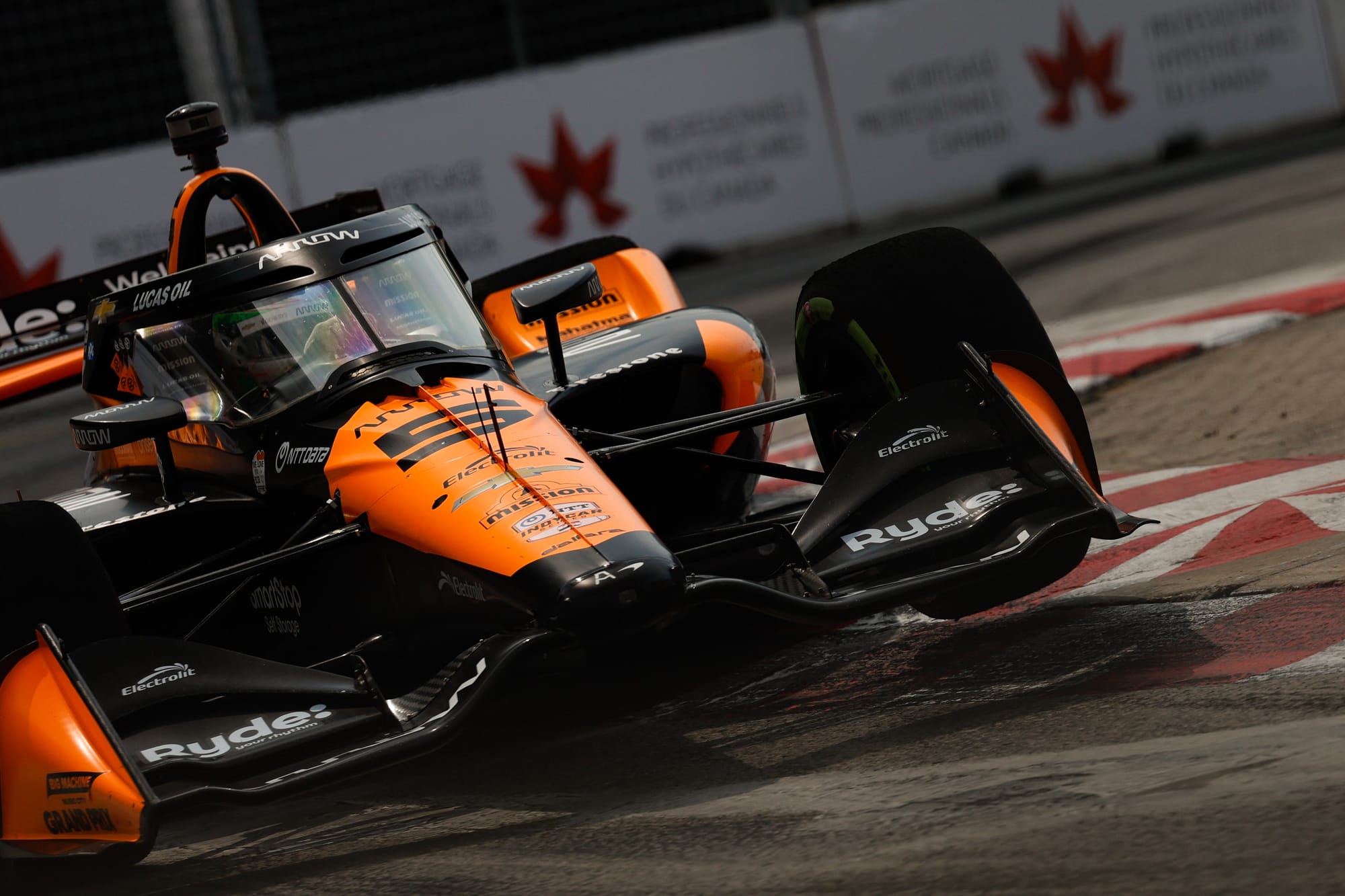
Expanding in US markets is going to be very important for IndyCar. Brown mentioned a "return to Denver has been a long time coming", and this is widely anticipated to be the destination for the 2026 street race IndyCar has been discussing without disclosing the location.
Stadiums and convention centres are worth looking at, as Brown mentions, although NFL ones should be avoided in-season.
The Vegas example - that of a race promoted by F1 itself - is an interesting point. IndyCar tends to invest very pragmatically and ploughing a load of money into a brand new street race out of its own pocket seems unlikely, but it can be a risk worth taking.
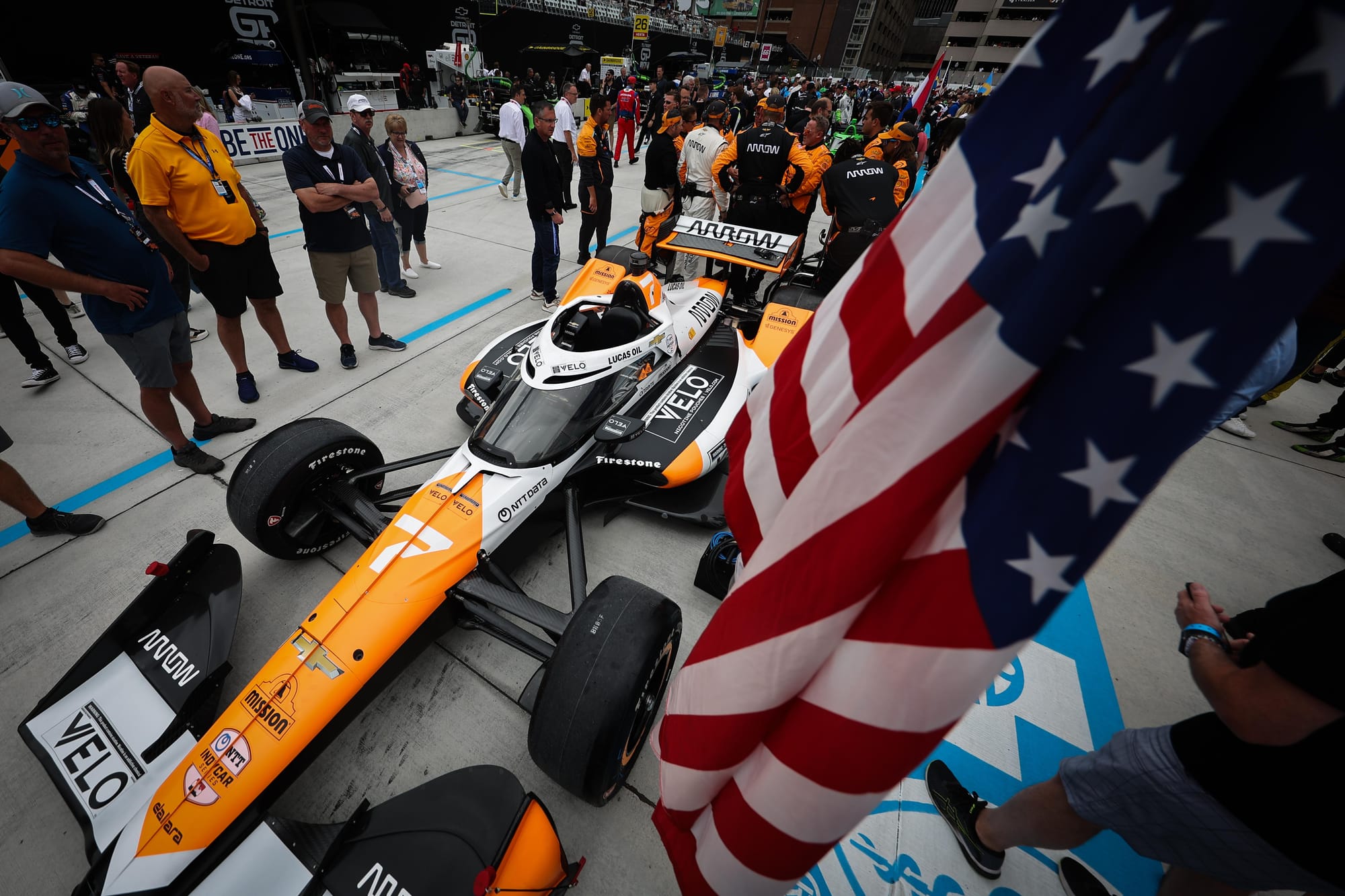
We’ve already seen IndyCar promote events and bring more of that in-house. Of all the things to worry about in IndyCar, Olympic years aside, the series has done a lot on the calendar in recent years and seems to have delivered on what the fans want. Or, at least, is working towards that.
The exception to that appears to be international races. Brown referenced IndyCar being beaten to Mexico by NASCAR, and reaffirmed his belief - which I 100% share - that staying in North and South America is the most realistic and cost-effective option at the present time.
"I think we will see more growth in major markets closer to home so let's focus on the Americas and not get distracted," said Brown. "Focusing on these regions makes much better strategic sense, building on our established fanbase."
An off-season international series has been proposed in recent weeks by Mark Miles, president of IndyCar parent company Penske Entertainment, but Brown offered a view that is extremely prevalent in the paddock.
"Non-championship races are a distraction we could do without," said Brown. "With no championship points at stake, these events are merely exhibitions rather than bona fide competitions and really only serve to dilute the competitive nature of the series."
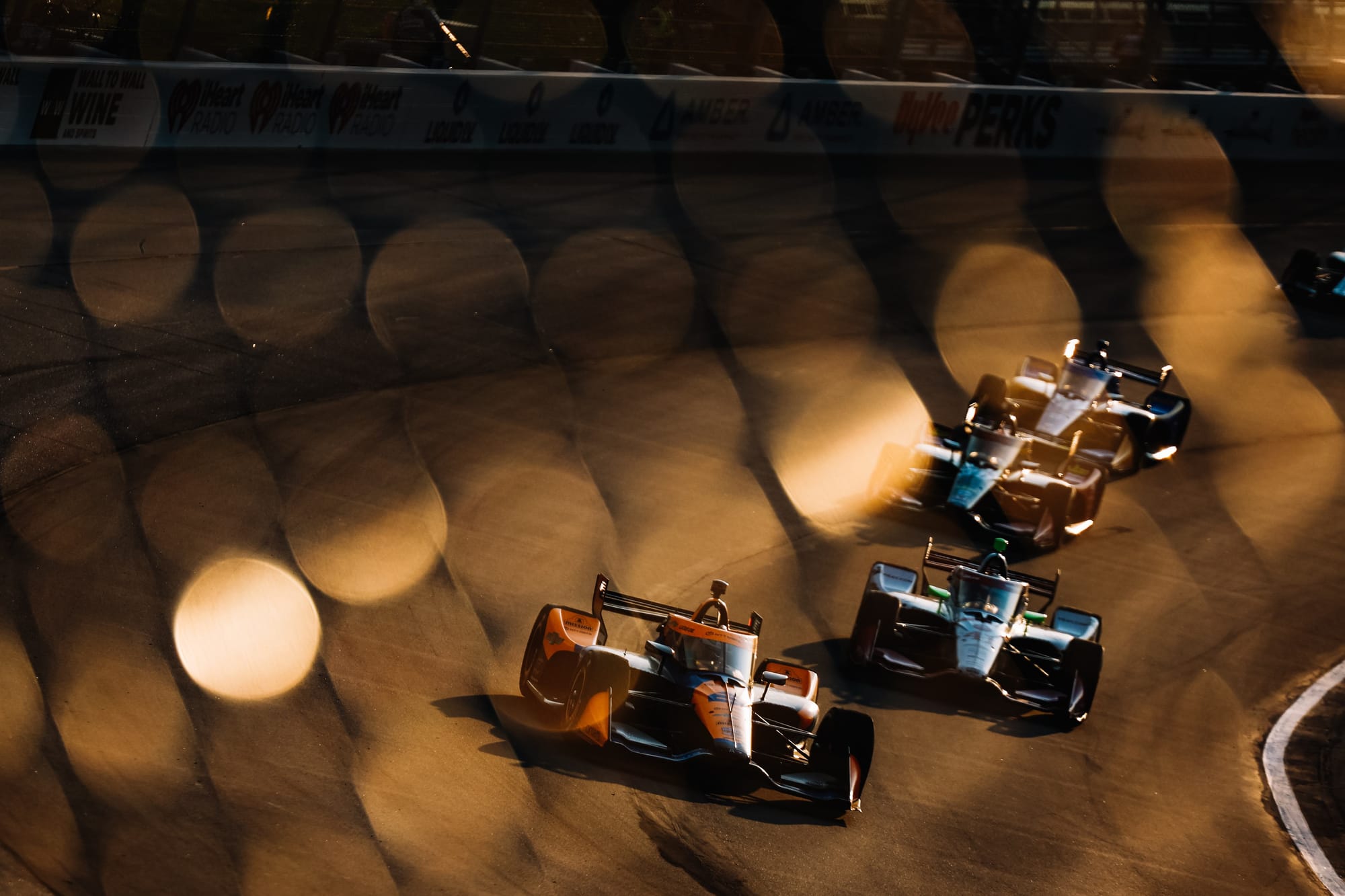
Brown also wants double-headers removed. But as there's only one on the calendar next year out of 16 events, a one-off doesn't seem too troubling. Especially when that event is Iowa, which has featured some of the world's biggest music stars performing.
I generally agree with Brown that double-headers "don't add much value" and "reduce the exposure the series has in a 17-race season". I think you want to try to aim to get the most amount of fans watching one race in a weekend rather than two. Although there is the argument that generally fans will enjoy a race more than qualifying, so do we need to rip up the 'traditional weekend' format further?
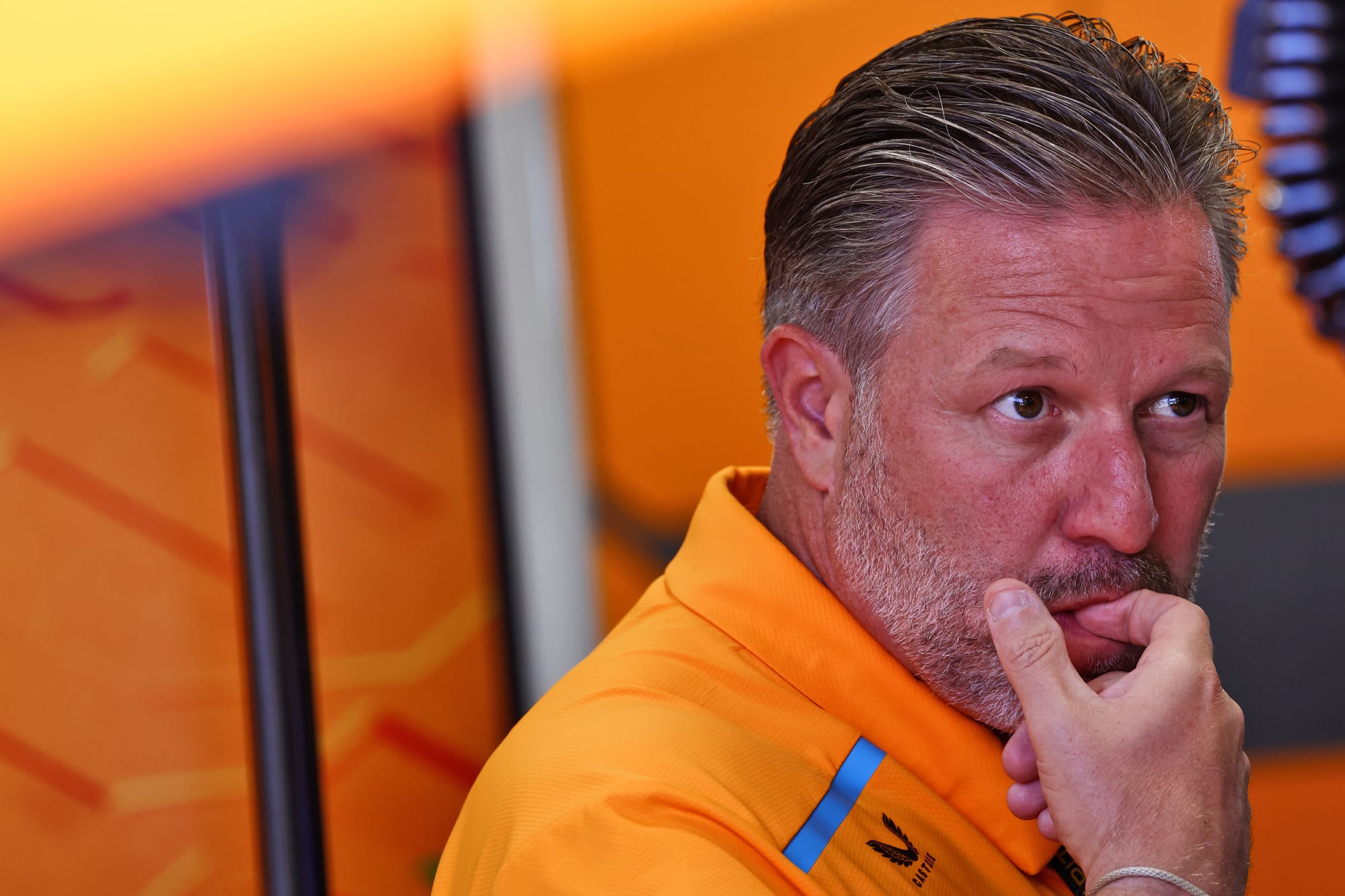
Brown's claim that double-headers "don't add a lot for the fans who are onsite compared to the action they're already experiencing in a standard one-race weekend" doesn't necessarily hold up for me. An extra race at the expense of a practice will always be better for fans in person - and if the format helps the event bring the likes of Carrie Underwood or Ed Sheeran to Newton, Iowa, I’m all for it.
Speaking of practice, Brown wants more for road and street courses.
I can see why he'd say that because he's in charge of a team with a lot of resources. He argues a higher level of preparation will elevate the quality of competition, but I fear what you'd actually see is the rich teams using this time to pull further away from those without those resources.
What I completely agree with is that it would be better to make more tyres available so teams don't have to ration them and can make better use of the time.
The TV package
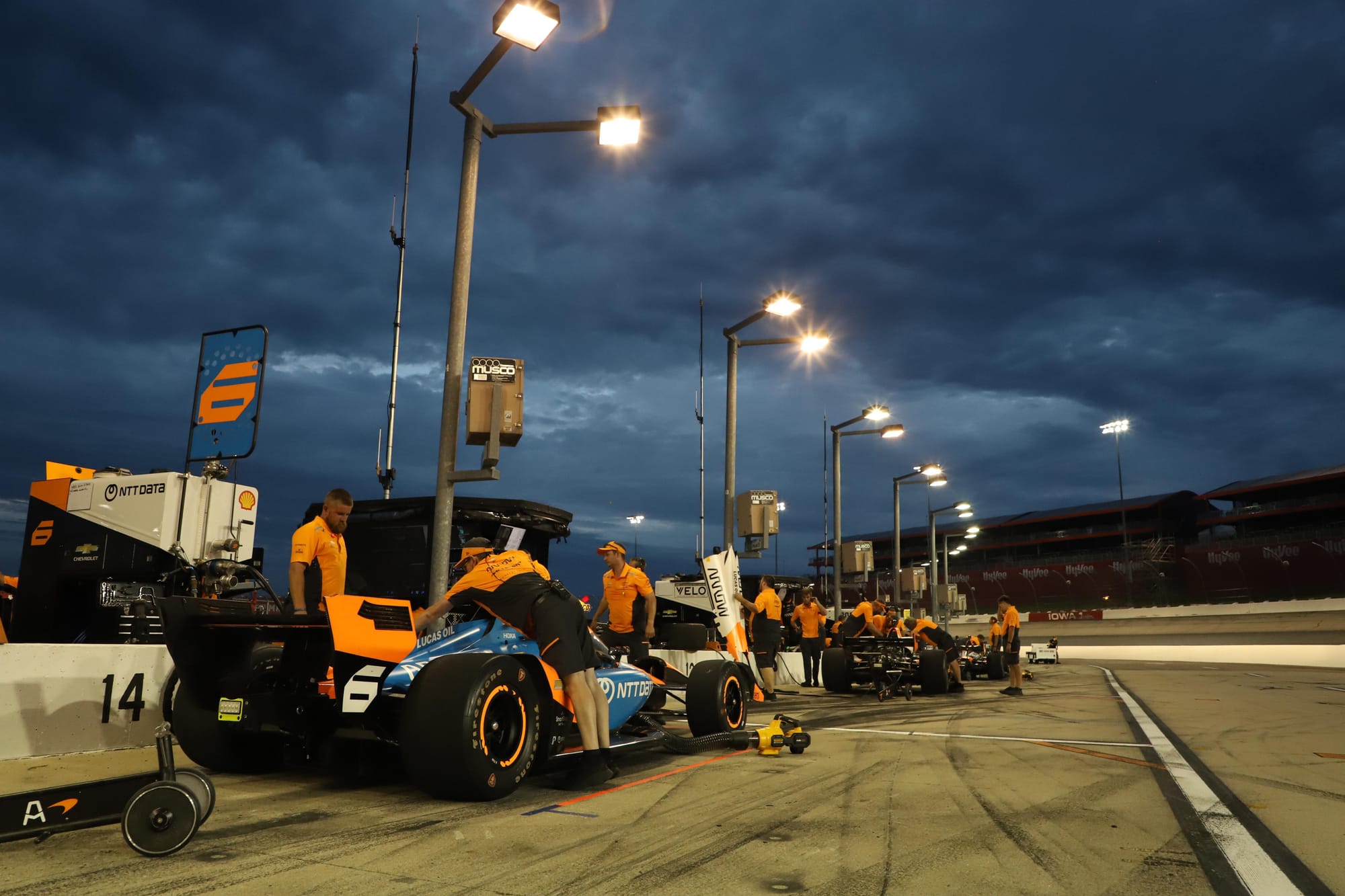
What Brown said
- Need more TV angles and cameras
- A camera or mic in race control would be good
It feels like every racing series faces persistent calls to spice up their coverage through more cameras, better angles and better direction. Nonetheless, Brown is correct to see this as a clear area of improvement for IndyCar, and is also right to want the efforts to explain the series better to its more casual audience stepped up.
With Fox taking over TV rights from NBC next year, there's chance for a reset and fresh inputs.
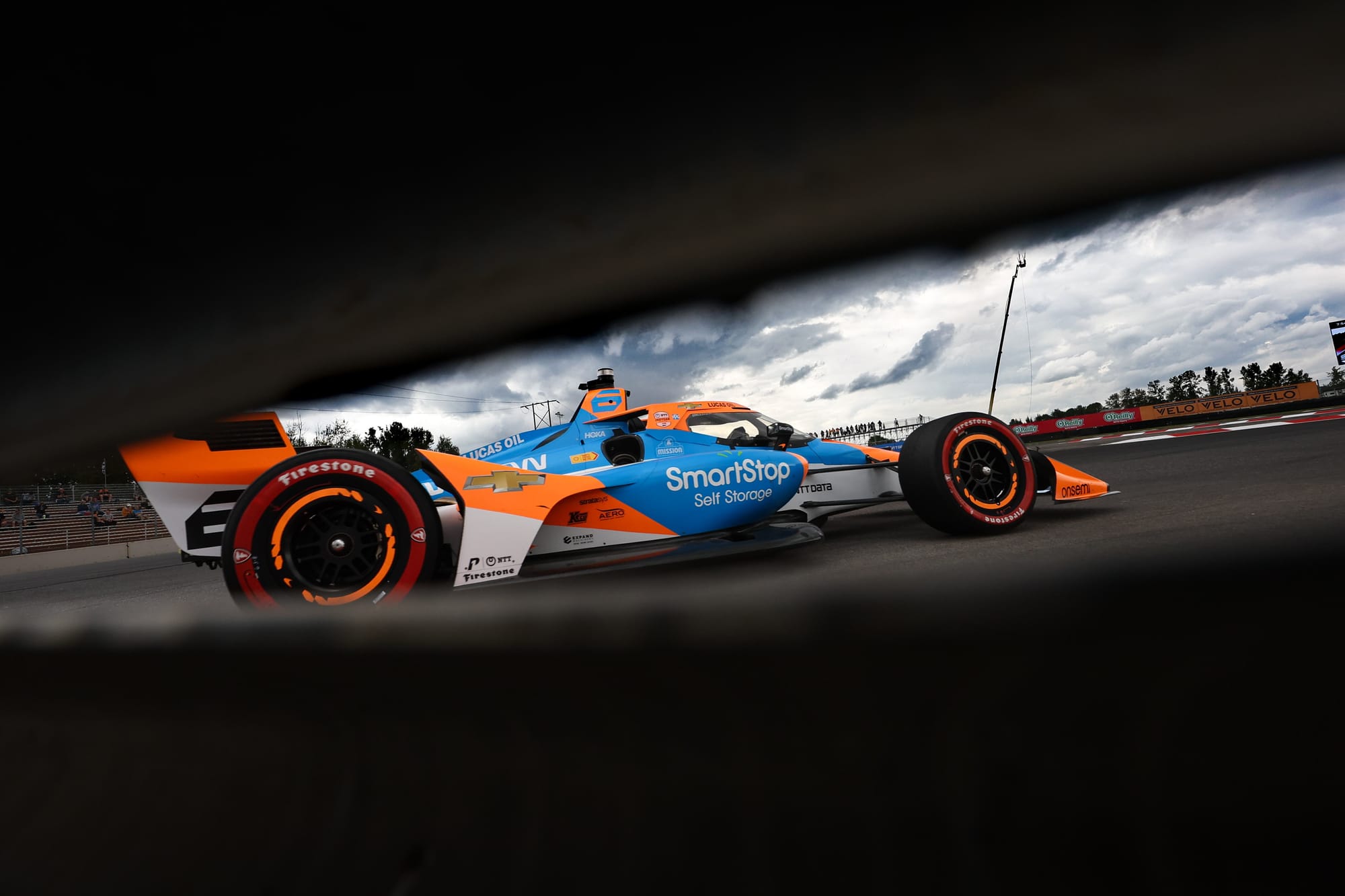
Taking it a step further, doing away with stupid jargon like 'primary' and 'alternate' would be great; just call the tyres 'hard' and 'soft'. Simple. Why are things more complicated that needed?
Brown also called for a camera or mic in race control, although whether this is a serious suggestion or a convenient set-up isn't clear, given he then added: "They might also be able to explain the 'push-to-pass' usage and when it is and isn't legal to use!"
I think race control is a place that probably needs a bit more privacy than the presence of live cameras can afford, but the easy solution here - although maybe not ideal for TV - is for stewards to provide reports in written form about incidents, as already happens in other series.
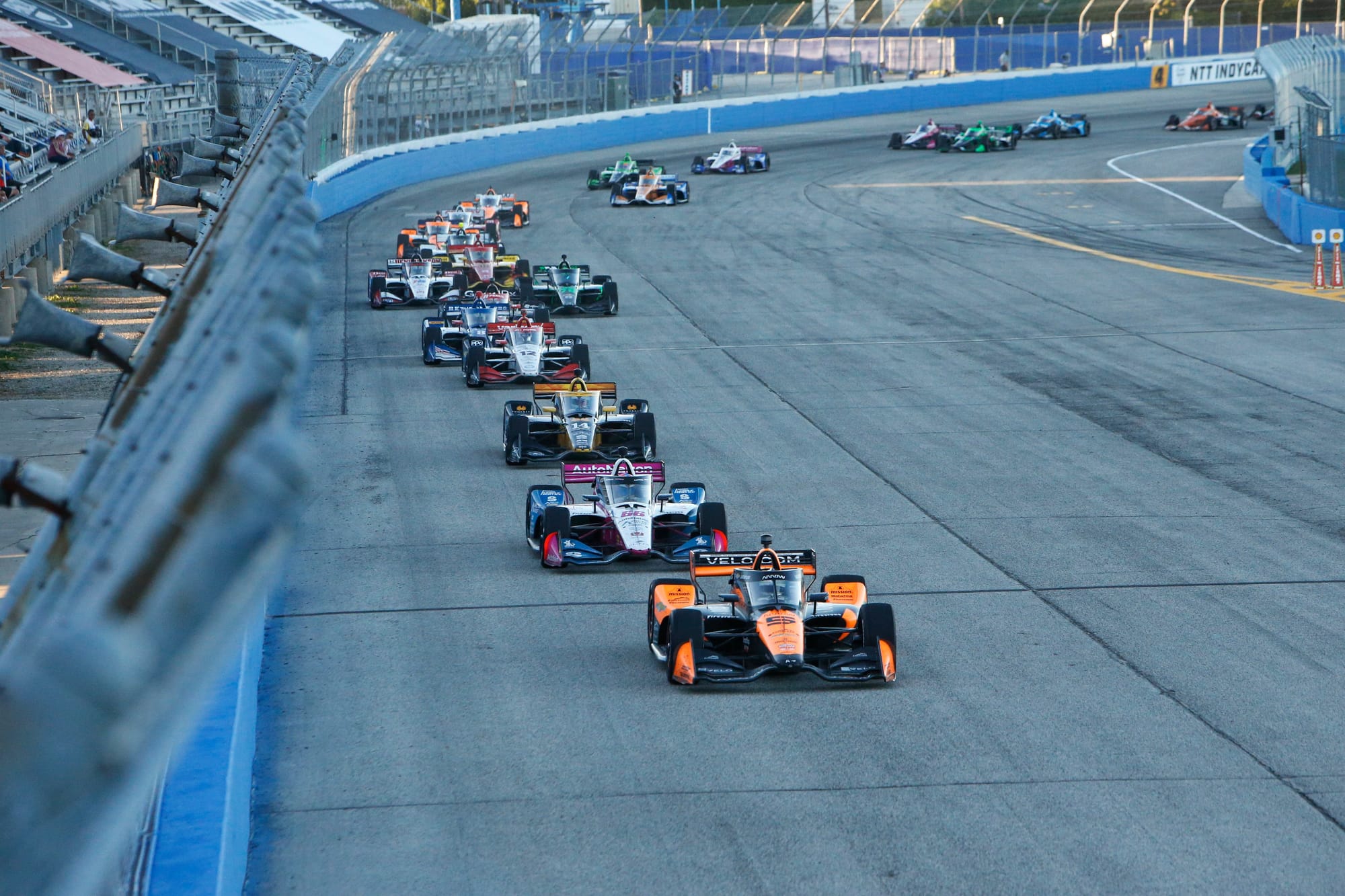
Right now, you're at a point where, as a fan, you have no idea why some decisions are made the way they are. Even the drivers are doing a bit of adding two and two together in the hope of getting four.
Drivers knowing the rules of wheel-to-wheel combat and those rules being explained properly to fans is absolutely crucial for the fundamental understanding of a racing series. I can't believe we're still going without some of these basic things.
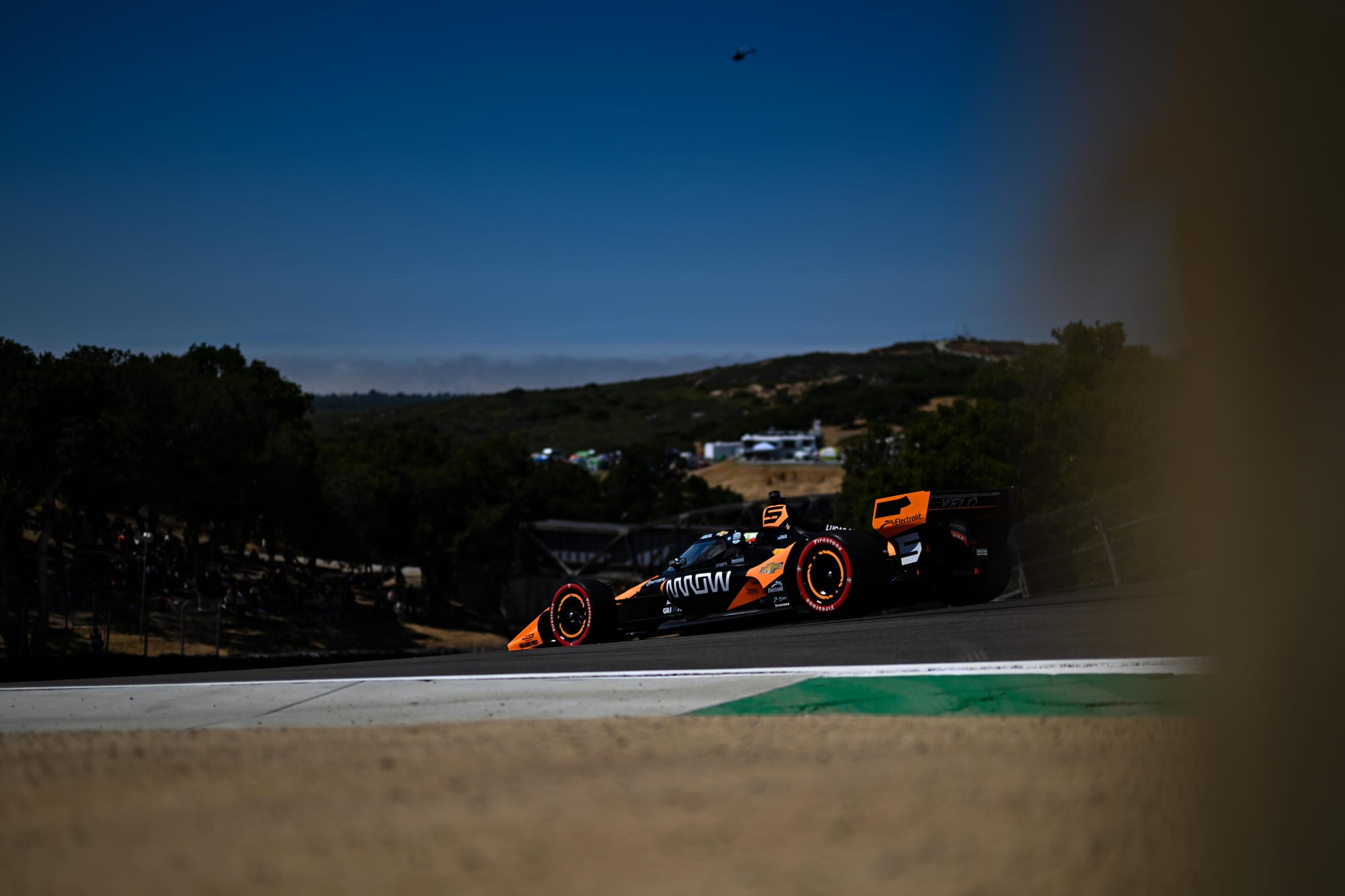
You have to remember, in the end, that Brown is a team owner with his own agenda - and some of that does come across in his pitches.
But he is also a racer, and someone who has been watching racing since he was a child. He knows a better and stronger IndyCar will be better for his company, so there's a lot of weight to what he says and suggests.
Brown is one of the more media-savvy team owners/managers in the IndyCar series. Even if you don't agree with all of his suggestions, there's something to be appreciated about the kind of look at his priorities and interests that you wouldn’t get often from his counterparts.


